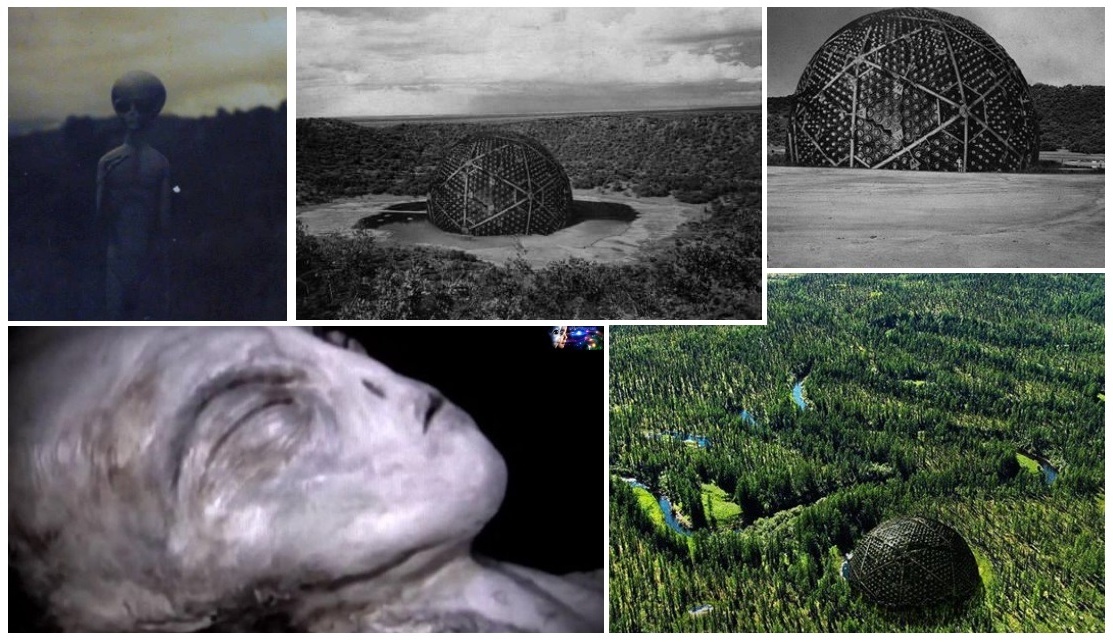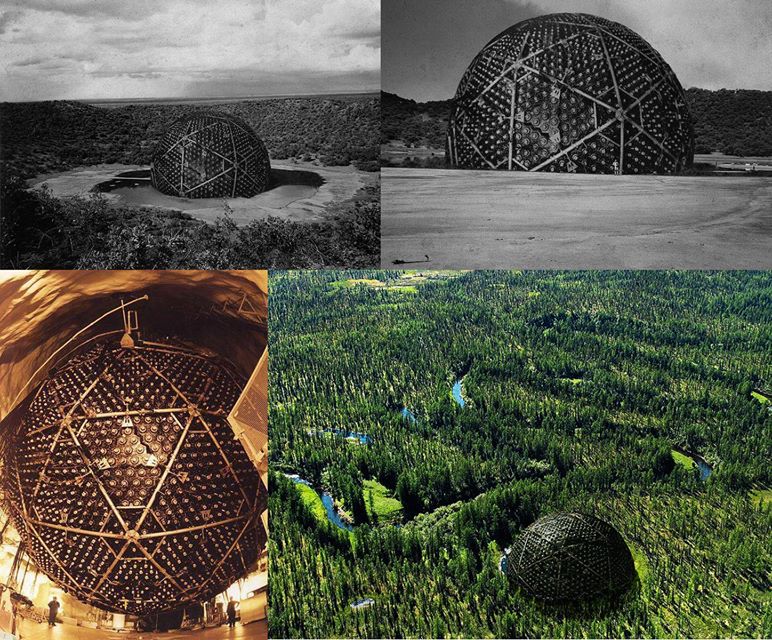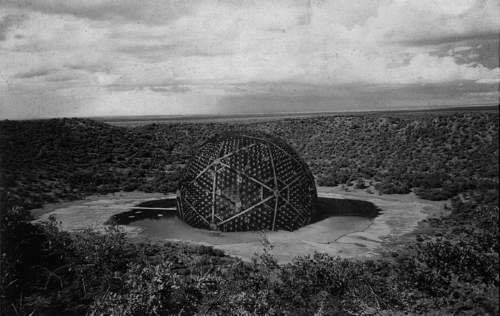The mysteries of the Siberian “Valley of Death” Siberian UFO.part1.

Across a vast area of sparsely populated Yakutia in Siberia, we find strange metal structures and evidence of devastating explosions similar to nuclear explosions that recur every six or seven centuries.
In northwestern Yakutia in Siberia, in the basin on the upper reaches of the Viljuj River, there is a hard-to-reach area that shows signs of a catastrophe that occurred about 800 years ago. A huge catastrophe uprooted the entire forest and scattered stone fragments over an area of hundreds of square kilometers.

Scattered mysterious stone objects scattered deep into the permafrost are scattered throughout the area. Only spots of special vegetation reveal their presence on the surface. The old name of the area is Uljuju Čerkečech, which can be translated as “Valley of the Dead”.
For many years, the Yakuts inhabited this remote area, which played and still plays an important role in the fate not only of civilization but of the planet as such.

After gathering a large amount of news and various materials, we have decided to inform you of something that can change the world around us and our place in it, if humanity can accept what is stated here.

The area we will be talking about can be described as vast swamps, which alternate with an almost impassable taiga, its area is more than 100,000 square kilometers. There are interesting rumors about metal objects of unknown origin, which are located throughout the area.
To clarify whatever it was that existed almost unnoticed next to us, and to give rise to these legends, we must delve into the history of this area and discover its superstitions and legends. We have succeeded in restoring certain elements of local paleotoponymy that correspond in astonishing way to old legends.
All indications are that legends and rumors described very specific things.

In ancient times, Death Valley was part of a nomadic route used by the Evenks. It led from Bodaib to Annybar and the coast of the Laptev Sea.
Until 1936, a merchant named Savinov traded on this route. When the trade ended, the inhabitants gradually moved away.
Eventually, the old businessman and his granddaughter Zina decided to move to Siuldiukar. Somewhere in the area between the two rivers known as the Cheldju (“iron house” in local language), the old man led her to a small, slightly flattened reddish arch, behind which spiraled the several metal rooms where they had spent the night. Zina’s grandfather said the rooms were warm in summer, even during the coldest winters.
In the past, there were daredevils among local hunters who slept in these halls. Later, however, they became seriously ill and those who slept there for several nights in a row soon died.

The Yakuts said the place was “very bad, the swamps and the beasts didn’t go there.” The location of these structures was known only to old men who were hunters in their youth and often visited these places. They lived a nomadic life, and knowing the specifics of this area – where one could go and where not – meant the difference between life and death. Their descendants began to live a sedentary lifestyle, so this knowledge from the past was lost.
At present, the only indications of the existence of these structures are the historical local names, which have been partially preserved, and various legends.
However, each such toponym represents hundreds, if not thousands, of square kilometers.








